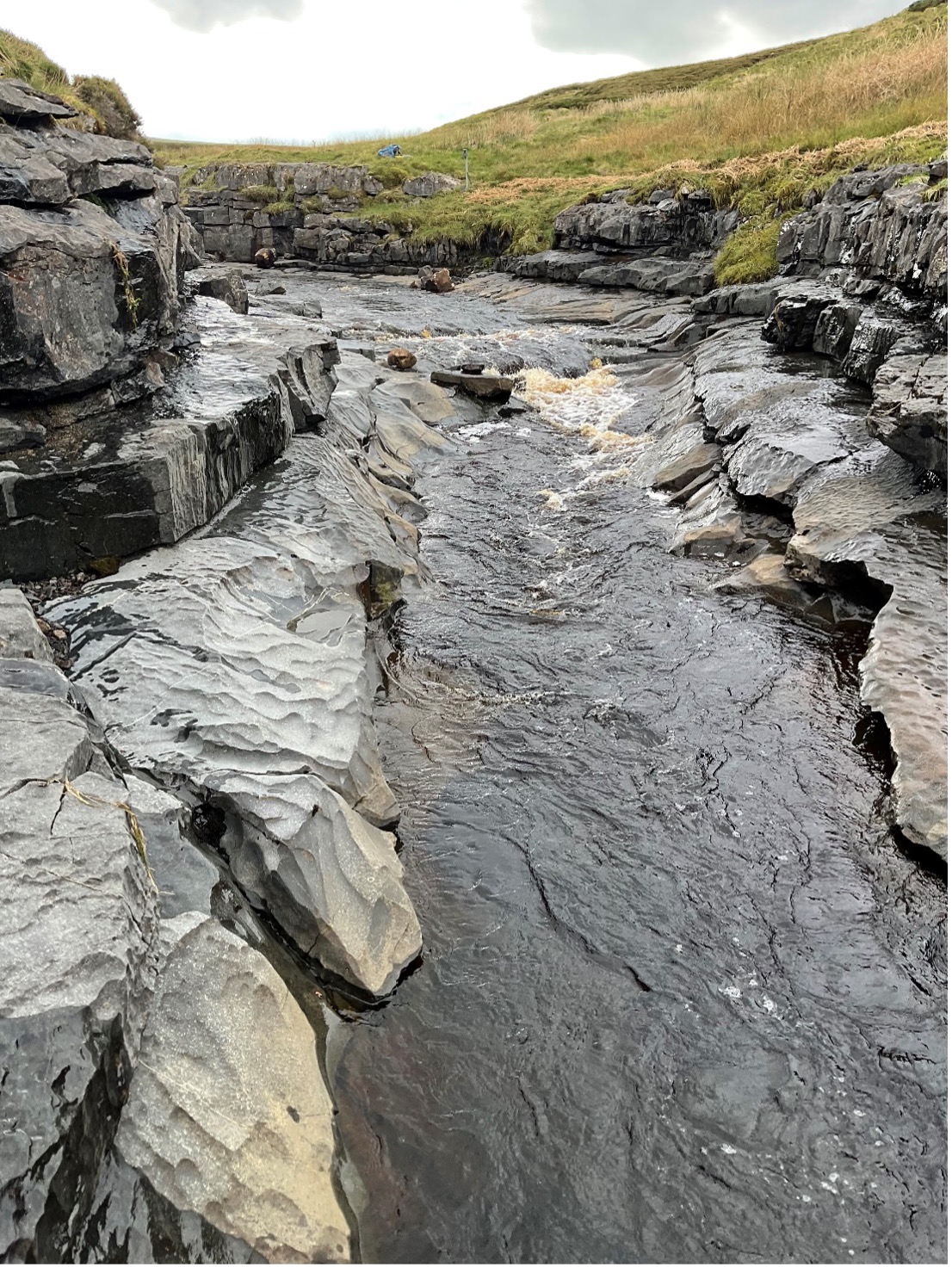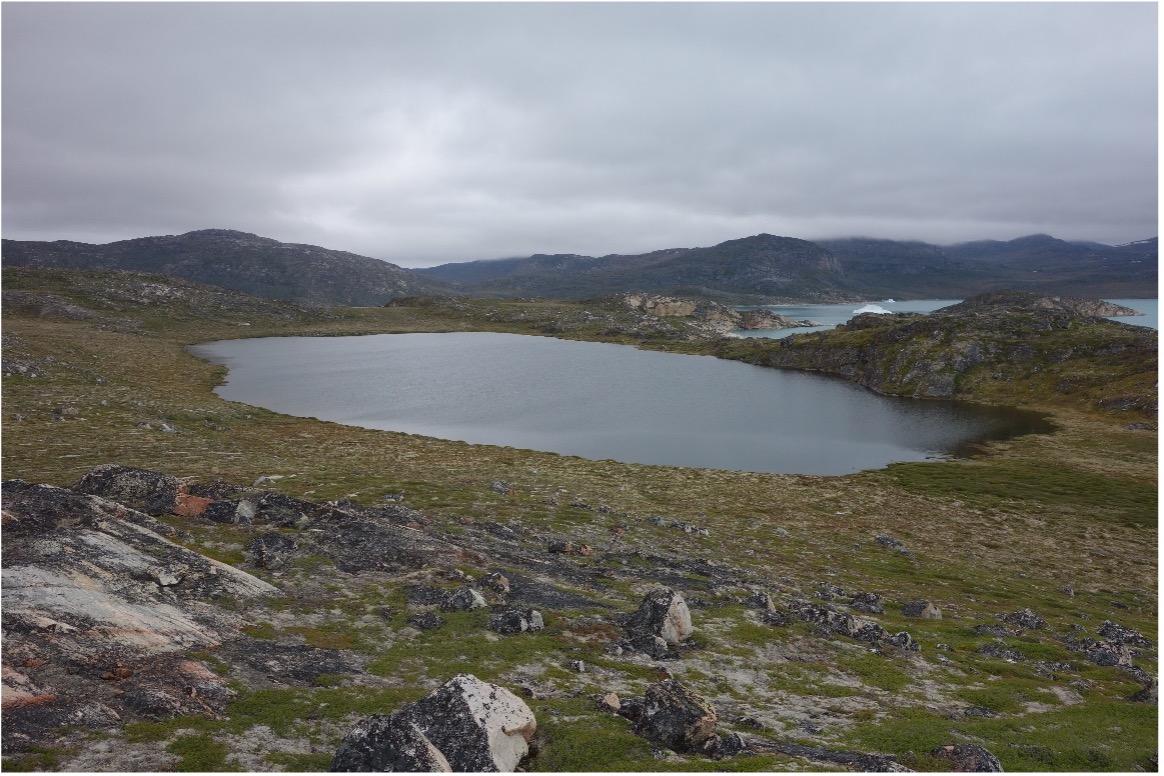Geography Available Research Project
Physio-chemical controls on bedrock river erosion: insights from combined field and laboratory experiments
Project overview
Bedrock rivers are common in upland landscapes. The rate at which they erode into bedrock is set by a range of climatic and lithological controls (e.g., flood frequency, rock strength), which in turn determines the relative rates of chemical (e.g., dissolution) and mechanical (e.g., abrasion, plucking) erosion. Predicting how bedrock erosion will respond to variations in climate is hindered by a lack of understanding of the current balance of chemical and physical processes that collectively erode bedrock.
The project will make use of an established river observatory in the North Pennines, and laboratory experiments designed to simulate bedrock erosion at accelerated timescales. The aim is to examine chemical and mechanical processes that erode carbonate bedrock lithologies (such as limestone), explore how they vary spatially and identify potential feedback mechanisms which control erosion rates. Using recently installed field monitoring infrastructure, the project will examine how coarse sediment is mobilised and its contribution to total erosion rates in an environment where chemical processes are omni-present. Key research questions could include:
- How does the interplay of dissolution and mechanical processes erode carbonate bedrock?
- How do flood frequency and magnitude influence rates of carbonate bedrock erosion?
- What are the feedbacks between dissolution, abrasion and plucking processes?
This project has integrated fieldwork and laboratory components, requiring visits to the field observatory at Moor House (~1.5 hr drive from Durham). Field methods include sediment mapping and flow/erosion monitoring. Lab experiments will be run using a purpose-built bedrock dissolution-abrasion chamber.
If you are interested in this project, please contact lead supervisors:
Dr. Elizabeth Dingle: elizabeth.dingle@durham.ac.uk
Prof. Jeff Warburton: jeff.warburton@durham.ac.uk
Dr. Helen Mackay: helen.mackay@durham.ac.uk
 Exposed bedrock and sediment cover during low-flow summer conditions on Trout Beck at the Moor House Bedrock River Observatory, north Pennines. Photo credit: E. Dingle.
Exposed bedrock and sediment cover during low-flow summer conditions on Trout Beck at the Moor House Bedrock River Observatory, north Pennines. Photo credit: E. Dingle.
Key references
Dingle, E. H., Baynes, E., Hall, A., & Warburton, J. (in press). Erosion dynamics in carbonate bedrock channels inhibit weathering processes. Earth Surface Processes and Landforms, doi:10.1002/esp.70067
Shobe, C. M., Hancock, G. S., Eppes, M. C., & Small, E. E. (2017). Field evidence for the influence of weathering on rock erodibility and channel form in bedrock rivers. Earth Surface Processes and Landforms, 42(13), 1997-2012.
Sklar, L. S., & Dietrich, W. E. (2001). Sediment and rock strength controls on river incision into bedrock. Geology, 29(12), 1087-1090.
Available Research Projects
See all of the currently available research projects that are recruiting students.
Research Masters
Our Research Masters provides an opportunity to develop your research expertise and advanced skills. Pursue your own top or collaborate on a project designed by a supervisor in our world-leading research environment.
Contact Us
Founded in 1928, the Department of Geography at Durham University is one of the leading centres of geographical research and education in the world.
Department of Geography
Postgraduate Study
Durham University
Lower Mountjoy
South Road, Durham
DH1 3LE, UK
Tel: +44 (0)191 33418000


/prod01/prodbucket01/media/durham-university/departments-/geography/Matt_Couchmann-3872X1296.JPG)




